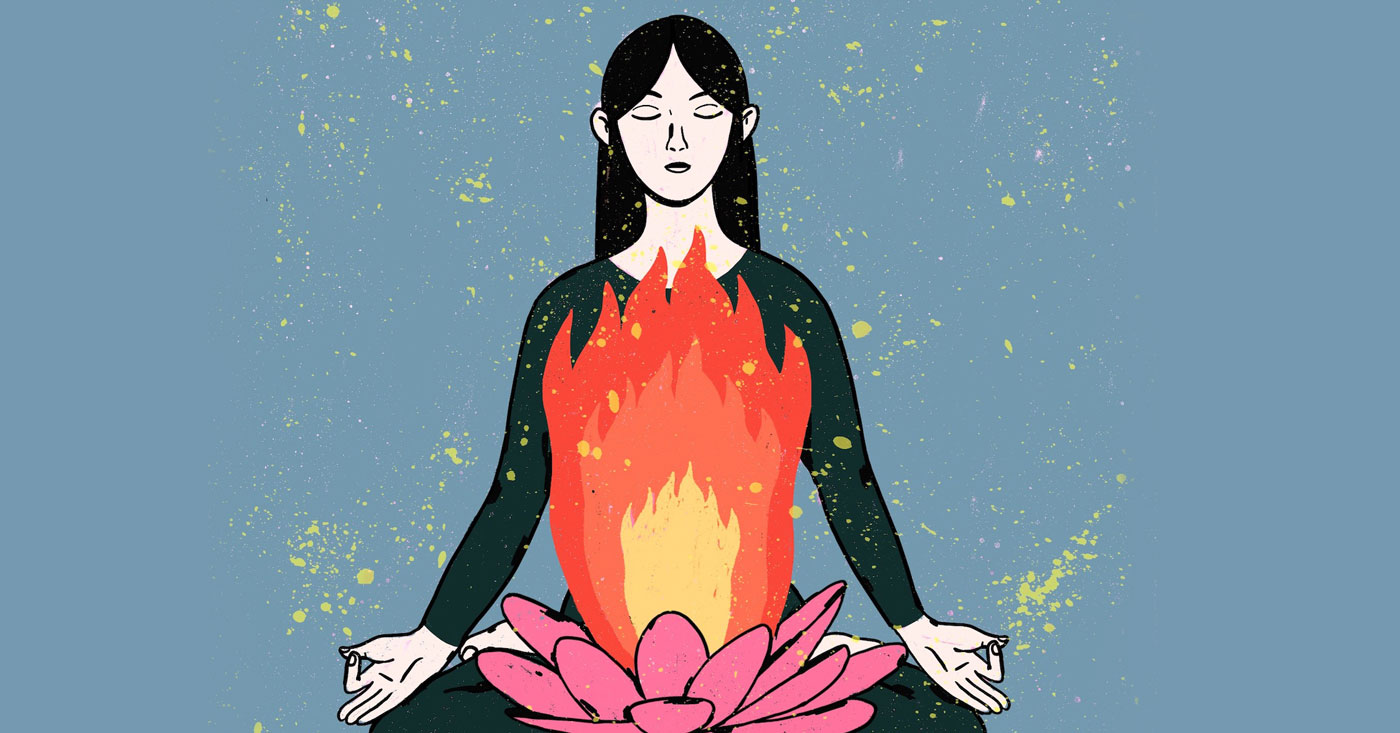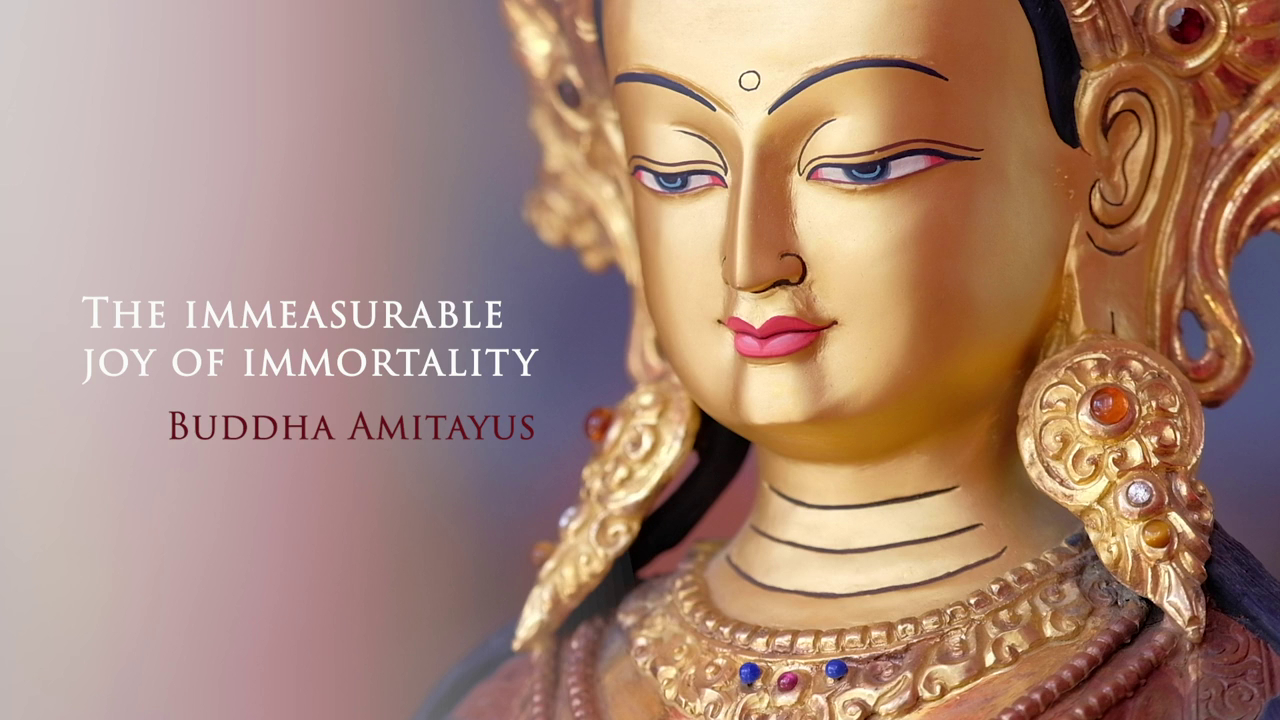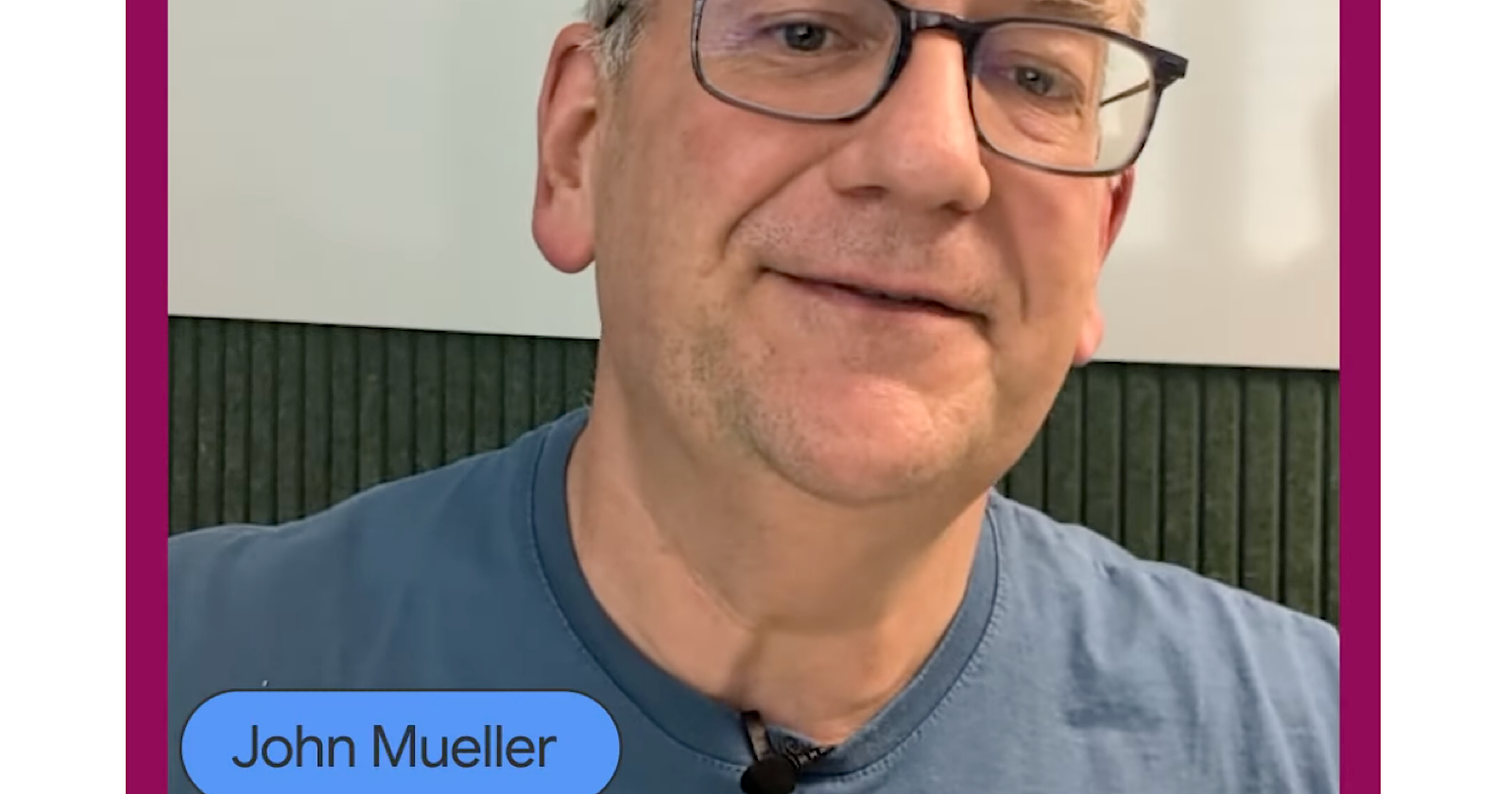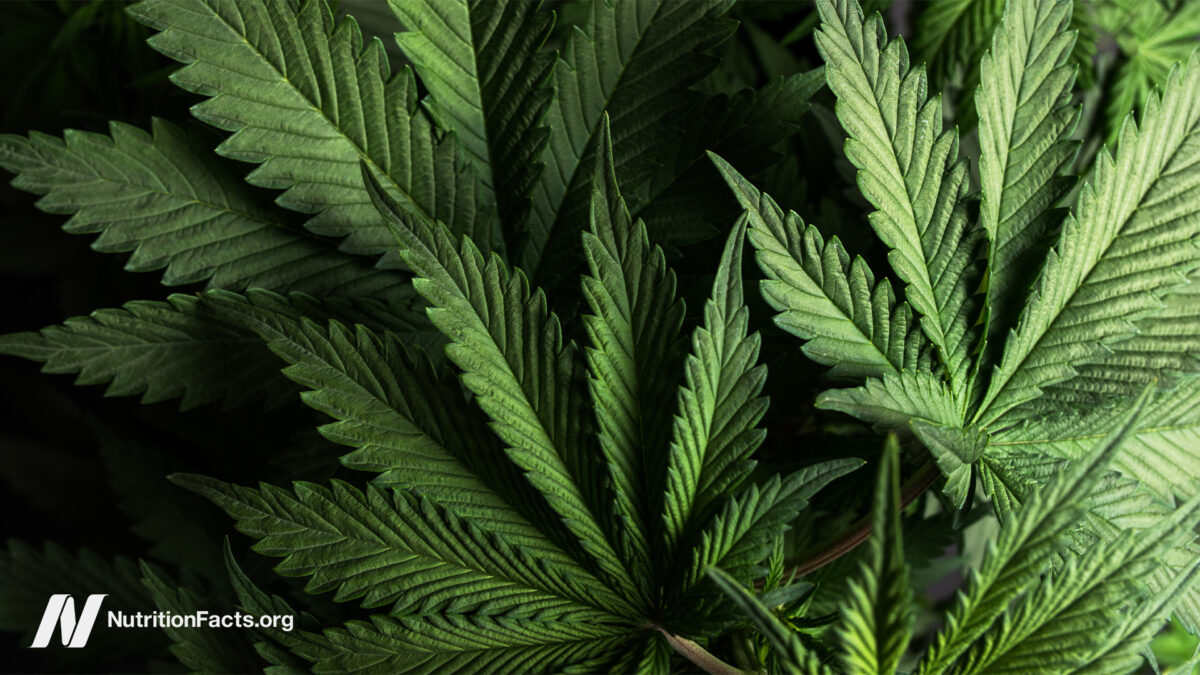True No-Self
Excerpted from A True Person of No Rank: Awakening Buddha’s Dream to Save the World The post True No-Self appeared first on Tricycle: The Buddhist Review.

“Just sit with it,” many teachers used to instruct; when letting go gets gnarly, the gnarly get going. They took as given what is not a given: the capacity to stand affliction. It’s painful to face fixed, emotionally charged, repetitive storylines that exert such a grip, not to mention unhitch from them. We’ve ingeniously constructed them to keep traumatic experience at bay, so we’re seriously invested: Can’t live with them, can’t live without them. True divestment takes time and practice.
When a particularly sticky thread has you in its grip, watch it carefully, observe the subtle interplay of thought, feeling, sensation, and mental reaction as it generates and maintains anguish. As the thread untangles and you’re no longer in the grips of a repetitive afflictive loop, when you have available awareness to invest, return and invest it here and now. The tangles of the “mind” are endless; you can spend a lifetime trying unsuccessfully to comb them out once and for all.
We also hold hidden requirements: this is how it is, but that’s how it’s supposed to be. Deliverance beckons, if only… [fill in the blank]. We cleave to fixed versions of self and of self with other beings while searching for liberation. Curiously they make us feel more secure. These requirements, along with insufficient capacity to withstand pain, obscure and imprison us. We chase out through the five senses, restlessly searching for relief. This is tanha, [or thirst], and it breeds more dukkha. With dedicated attentiveness, unhitch from reliance on words and mental formations, letting the garden variety kind pass and unraveling the sticky, fixed, and repetitive ones. This is part of working with attachment. Take note: Zen is not Mr. Clean: good for tables, counters, windows, floors, and bathtubs. Awakening doesn’t grant an exemption from emotional pain that may need attention in other healing settings.
See why it’s so appealing to offload the whole kit and caboodle?
Just as we can (incorrectly) imagine no-self as a vacuum, so can we imagine in a rather concrete way the whole self as a cabinet full of stuff, all kinds of elements, brought together, hanging in balance. Rather, when it feels together, when we’re not turning away, when there is a robust enough sense of self, personhood, and agency, then capacities are growing to withstand, tolerate, and learn from our experience, especially when it’s afflictive. We may even realize that the feelings, thoughts, sensations that are so difficult to face, that we push away or get tangled up in, are themselves expressions of awakening. Samsara itself is nirvana. When these capacities are operating well-enough, the self, the person, and the agent are absent; invisible supports that facilitate letting go of needing to be self-obsessed. No-self, true self, and whole self are simply irrelevant and not in play.
Why this splitting hairs? Who cares? And why does it matter? I’ve seen scores of people, many experienced Zen practitioners, who still harbor the idea that the purpose of zazen is to stop thoughts, and that the painful ones in particular can be suppressed or eliminated. The result is a flattening out of liveliness, a loss of energy, a stiff, zombie manner and practice; all personal contents, and qualities, flushed out of the system. This can paralyze and tie us up in knots. A sense of distinctive dharma expression and the activity of personalizing our practice often don’t materialize, or are dry, truncated and impoverished. Agency, voice, empowerment, vigorous expression and responsiveness, are impaired.
I recall a meeting with a Zen student where what unfolded finally was his shame at feeling proud about something. Maybe he’d got a job he had worked toward. He realized that he’d been unaware of judging this as self-centered and realized that this had been jamming up his practice and his life. Someone who feels elated at finding a nice place to live after a long search has a good enough sense of self to be able to let loose with glee. This is the obverse of being self-aggrandizing, self-absorbed, and self-inflated. Likewise with sorrow. Is self a klesha here? A toxin? A defilement?
I recall going to dokusan, [a private interview between a Zen teacher and disciple], with Maezumi Roshi after my father died in 1977. I entered the room and said, “I’m Joe and I’m feeling sad; my father just died.” Roshi replied, “When your father dies and you feel sad, that’s sad Buddha.” How liberating! In 1983, Thich Nhat Hanh walked from his stone cabin along the stream into the old Tassajara Zen Mountain Monastery dining room, which was packed to the rafters with earnest priests and laypeople, sitting with their best posture, albeit a bit stiffly. Thay arrived and sat silently, with a half-smile. After a while he said softly, “Does the silence bother you?” People shuffled around to be or at least appear more at ease. “Please,” he said, “Enjoy your breathing.” There was a collective sigh. Ahh, many tight chest muscles loosened; enjoying the body and the breath wasn’t indulgent. If we’ve offloaded our humanity and important capacities, how can we embody our experience of awakening with all beings? Yamada Roshi arrived at the Maui Zendo in 1972. In the depth of sesshin, prior to teisho, [a talk by a Zen master], we could hear him coming at fifty paces, clanking down the long wooden hallway in his wooden zories, [or sandals], the strong whiff of after shave lotion preceding him. Was he acting like a special case, self-inflated, breaking our rules about walking silently and not using perfumes? I found him Bien dans sa beau. At ease. The Dalai Lama and Ven. Thich Nhat Hanh are often asked if they ever get angry. As true persons, they always respond that they do. It’s how they construe and respond that’s key.
So, returning to our question, Who cares? We should. In today’s world, we need all hands on deck; energized, vital, responsive. It’s relevant because models, say, of no-self and emptiness, inform. Even in Zen, where they are generally considered conceptual formations and eschewed, they still exist and inform. Ideals and myths and dreams are fluid like true no self, yet this does not prevent them from powerfully informing our conduct, being and impacts.
Self has many faces: When is it a klesha? An obstruction, a defilement? We know self can tyrannize, ourselves and others. Torturous, ruminating, or nursing resentment, an arrogant or entitled kind of self-activity afflicts. And collectively, consider ideology, how it conceals malign motives revolving around rank, as in power and control; simple self-aggrandizement, with no concern for the other.
Yet, self-experience can be benevolent, expansive, connecting; it can build capacities for the journey ahead. Feeling happy, encouraged, gratified at how a common project has gone, for example; is this “self-referential?” We need to tease this out, to assure that ours is a sustainable, human myth. (More on this [in two chapters of my book, A True Person of No Rank: Awakening Buddha’s Dream to Save the World,] where we examine a wild card we do well to take seriously: the unconscious.)
I hope that the way I am using (some might say misusing) “a true person of no rank” [in my book] illuminates how the personal and impersonal, the particular and the universal, and maybe the emotional and the spiritual intersect, and how this intrinsic interplay makes possible ongoing personal character development and being-of-service in the world, without the usual inherent conflict.
♦
Excerpt courtesy of The Sumeru Press Inc. For further information about the book or to order a copy, please visit https://sumeru-books.com
Read an interview with Joseph Bobrow on A Person of No Rank: Awakening Buddha’s Dream to Save the World here.

 AbJimroe
AbJimroe 






























